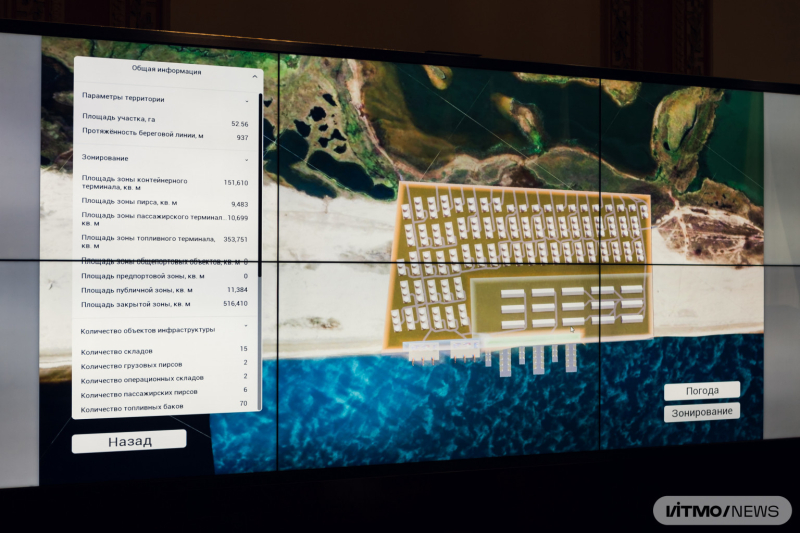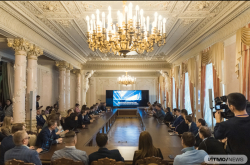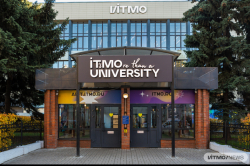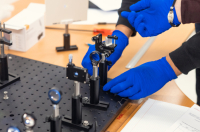User-friendly and perfect for non-programmers, the solution relies on its training data, including efficient projects, technical regulations, and engineering software, as well as generative design technologies, which can autonomously create 3D models of industrial areas.
To create a mockup of the site, users need to highlight an area of 10 to 100 hectares on the map and specify existing transport nodes and other desirable indicators, whereas data on climate conditions for the selected area – wind, sea state, ice characteristics, and hydrometeorological hazards – will be automatically imported from the 3D climate model, taking into account potential climate change.
The result is an interactive simulation, which allows users to view the area from all sides, examine all facilities, including their types, purposes, floor plans, and even economic parameters, switch display modes, and separate regions into different functional zones in accordance with construction standards. Though varied from given areas, models are typically produced within no more than several tens of minutes. The export feature is available, as well.
“The task was beyond the powers of classical AI or ChatGPT due to insufficient data available on construction successes in the Arctic and the region’s climate peculiarities. Unlike other technologies, our model is versatile in the sense that it is based on hybrid AI that combines training capabilities and expert human knowledge as formal models,” notes Alexander Boukhanovsky, the head of ITMO’s Research Center “Strong AI in Industry.”
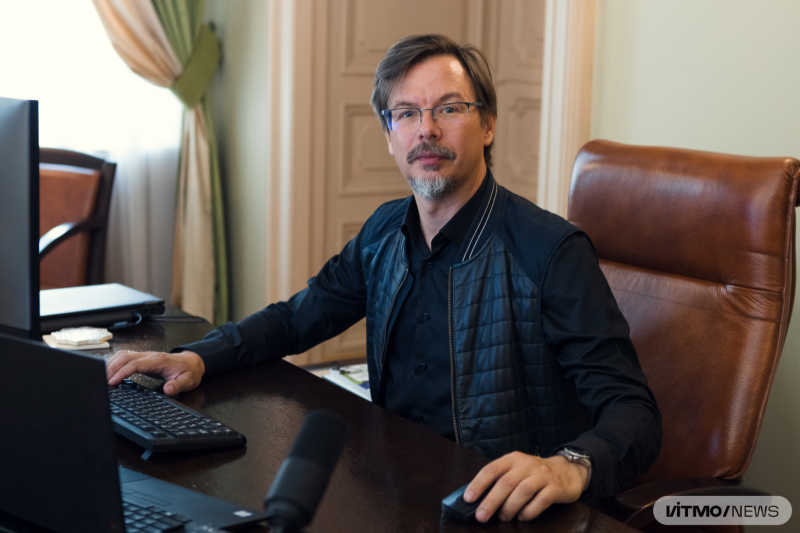
Alexander Boukhanovsky. Photo by Dmitry Grigoryev / ITMO.NEWS
The technology may become an indispensable assistant for companies involved in the development of the Arctic zone, including its ice shelf, which will let them not only improve performance and reduce project timelines but also develop comprehensive solutions appropriate to the region’s environment. For instance, it can be used to plan the buildings so that they would not be snowed in or tailor ice protection structures to the ecosystem.
“The Arctic has been one of the key priorities for the country for quite some time. Its climate aspects and construction requirements, however, differ drastically from that of other regions, even if they are just a few degrees south. For one, the Arctic areas are covered in snow, so construction here calls for different design approaches. This is not only in terms of concepts, planning systems, and technical specifications but also modeling and supply chain optimization. And AI is here to offer us the best available solutions at each of these stages,” explains Petr Tarasov, an expert of the department of innovative projects on the shelf at the Arctic Research Center.
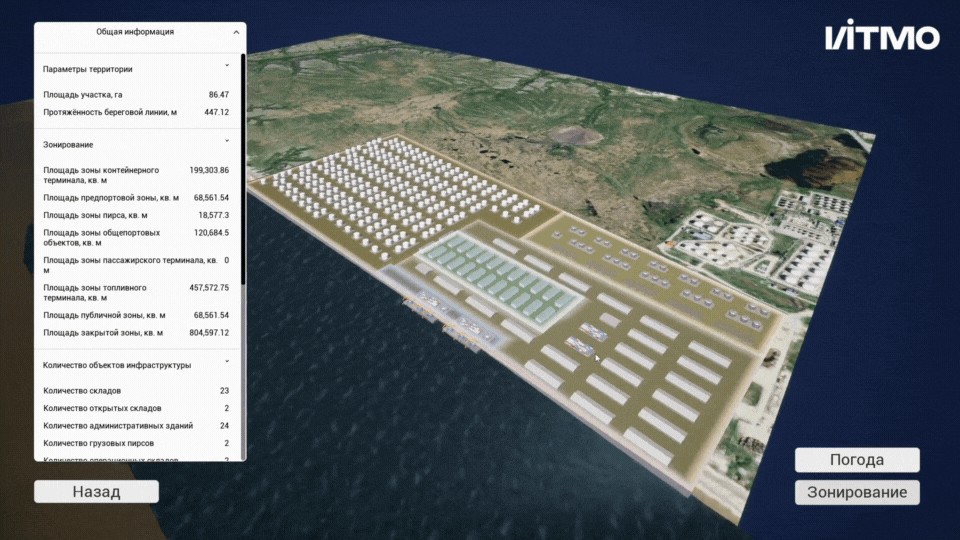
The algorithm in action. Video courtesy of the developers
In 2021, ITMO’s Research Center “Strong AI in Industry” became one of the grant winners in the contest held as part of the federal Artificial Intelligence project. The experts of the Analytical Center for the Government of the Russian Federation selected six university-based research centers to become a stepping stone of AI development in Russia.
ITMO University's Press Office
